How Many Watts To Run A Window Ac

Imagine stepping into your home on a sweltering summer day, the heat radiating off the pavement and clinging to your clothes like a second skin. You reach for the familiar control panel of your window AC unit, a beacon of cool relief in the oppressive heat. But have you ever stopped to consider the energy it takes to conjure that refreshing breeze, to banish the summer's fiery embrace?
The wattage required to run a window AC unit varies significantly depending on its size, energy efficiency, and other factors. This article delves into the specifics of window AC wattage, offering insights into how to determine the power consumption of your unit and providing practical tips to optimize energy usage and save money on your electricity bill.
Understanding the Basics: Wattage, BTUs, and Energy Efficiency
The relationship between wattage and cooling power, measured in British Thermal Units (BTUs), is crucial. BTUs indicate how much heat an AC unit can remove from a room per hour.
Generally, a higher BTU rating means more cooling power but also higher wattage. However, energy efficiency comes into play, with some units offering more cooling power for less energy.
An Energy Efficiency Ratio (EER) measures how efficiently an AC unit converts electricity into cooling. A higher EER indicates greater efficiency.
Wattage Ranges for Different AC Sizes
Smaller window AC units (5,000-6,000 BTUs) typically consume between 400 and 700 watts. These are ideal for small rooms, such as bedrooms or home offices.
Mid-sized units (8,000-10,000 BTUs), suitable for larger bedrooms or living rooms, generally use 700 to 1000 watts. Larger units (12,000 BTUs and up) can consume 1000 to 1500+ watts.
These numbers are approximate, and actual wattage may vary. Always check the energy label or the manufacturer's specifications for your specific model.
Finding the Wattage Information
The easiest way to find your AC unit's wattage is by checking the unit itself. Most manufacturers print the wattage information directly on the unit's label, usually located on the side or back.
Look for a sticker that includes the model number, voltage, and amperage. To calculate the wattage, multiply the voltage (usually 110-120V in the US) by the amperage. The formula is Watts = Volts x Amps.
If you can't find a label, consult the owner's manual or search for the product specifications online using the model number. Manufacturer websites often provide detailed technical information about their products.
Factors Affecting Wattage Consumption
Several factors can influence the actual wattage consumption of your window AC unit. Outside temperature and the desired indoor temperature play a significant role.
On hotter days, the AC unit has to work harder to maintain the set temperature, increasing wattage consumption. Room size and insulation also matter.
A poorly insulated room will lose cool air quickly, forcing the AC to run longer and consume more energy. The age and condition of the unit can also impact efficiency.
Tips to Optimize Energy Usage and Save Money
Once you understand your AC unit's wattage, you can take steps to optimize its energy usage and save money on your electricity bill. Consider purchasing an energy-efficient model with a high EER rating.
Although the initial cost may be higher, the long-term savings on energy bills can be substantial. Proper installation is also crucial. Ensure the unit is securely installed and that there are no gaps around the edges that could let in warm air.
Regular maintenance, such as cleaning the air filter, can improve the unit's efficiency. A dirty air filter restricts airflow, making the unit work harder and consume more energy.
Use the AC unit only when necessary. Consider using fans to circulate air and reduce the need for constant cooling. Set the thermostat to a comfortable but energy-efficient temperature.
Raising the temperature a few degrees can significantly reduce energy consumption without sacrificing comfort. Utilize programmable thermostats to schedule the AC to turn on and off automatically.
This allows you to cool the room only when you need it, rather than running the AC constantly. Use curtains or blinds to block sunlight during the hottest part of the day.
This can help reduce the heat entering the room, lowering the workload on the AC unit. Seal windows and doors to prevent drafts and air leaks. This will help maintain a consistent temperature and reduce energy waste.
The Environmental Impact
Understanding the wattage consumption of your window AC unit goes beyond saving money; it also contributes to environmental awareness. Electricity generation often relies on fossil fuels, which contribute to greenhouse gas emissions and climate change.
By reducing energy consumption, you can help lower your carbon footprint and promote a more sustainable future. Choosing energy-efficient appliances and adopting energy-saving habits can make a significant difference.
The Environmental Protection Agency (EPA) offers resources and certifications, such as ENERGY STAR, to help consumers identify energy-efficient products.
Beyond the Numbers: Comfort and Responsibility
The quest to understand the wattage of your window AC unit is not just about technical specifications or cost savings. It's about taking control of your energy consumption, making informed decisions, and creating a more comfortable and sustainable living environment.
It's a reminder that even small changes in our daily habits can collectively contribute to a larger positive impact. As technology evolves, so too does our understanding of energy efficiency and its role in a healthy planet.
By embracing innovation and mindful consumption, we can enjoy the cool comfort of our homes while minimizing our environmental footprint.
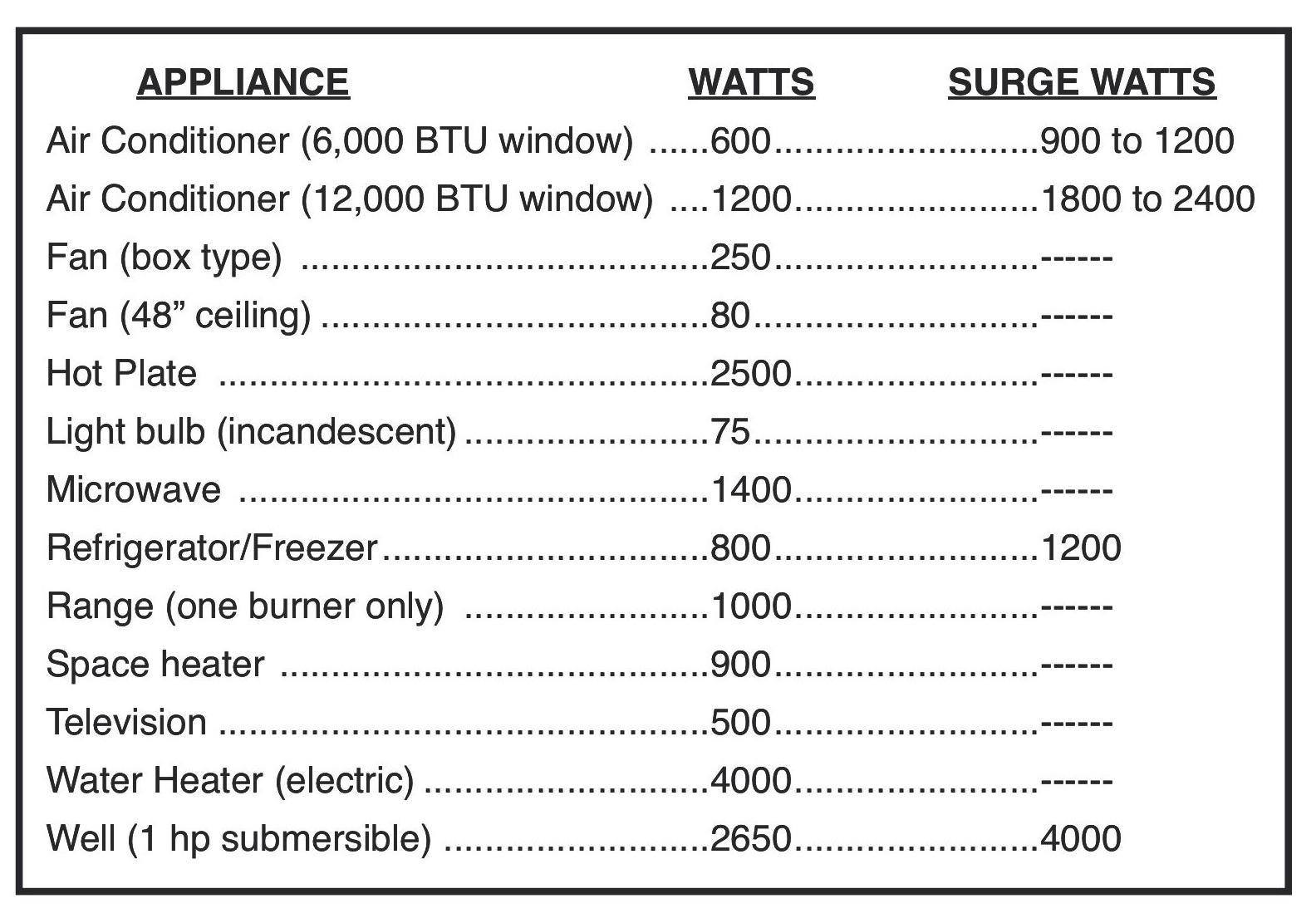


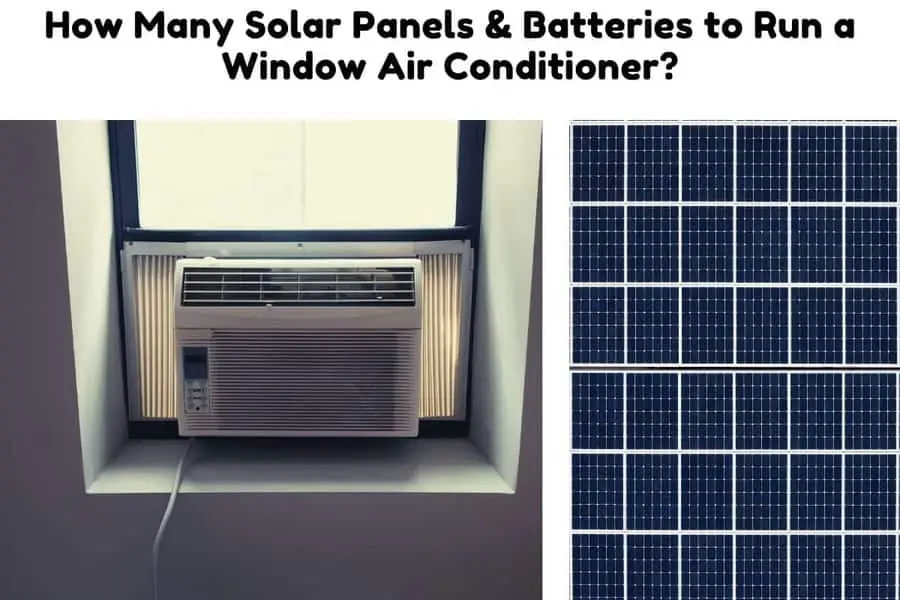

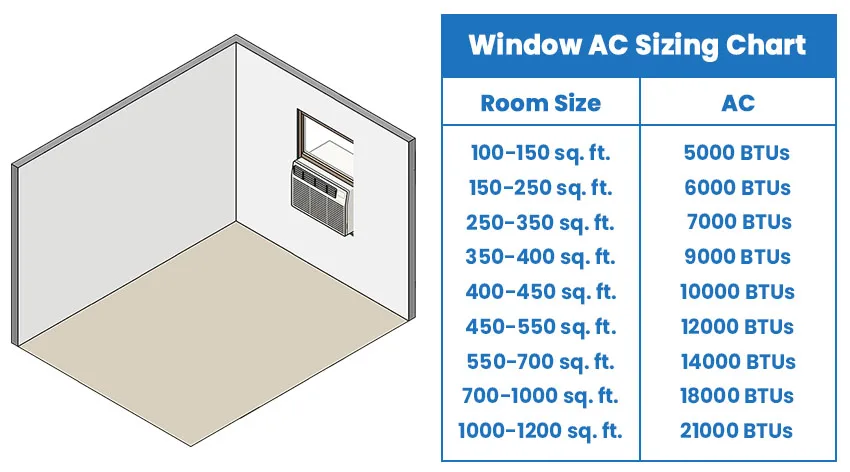

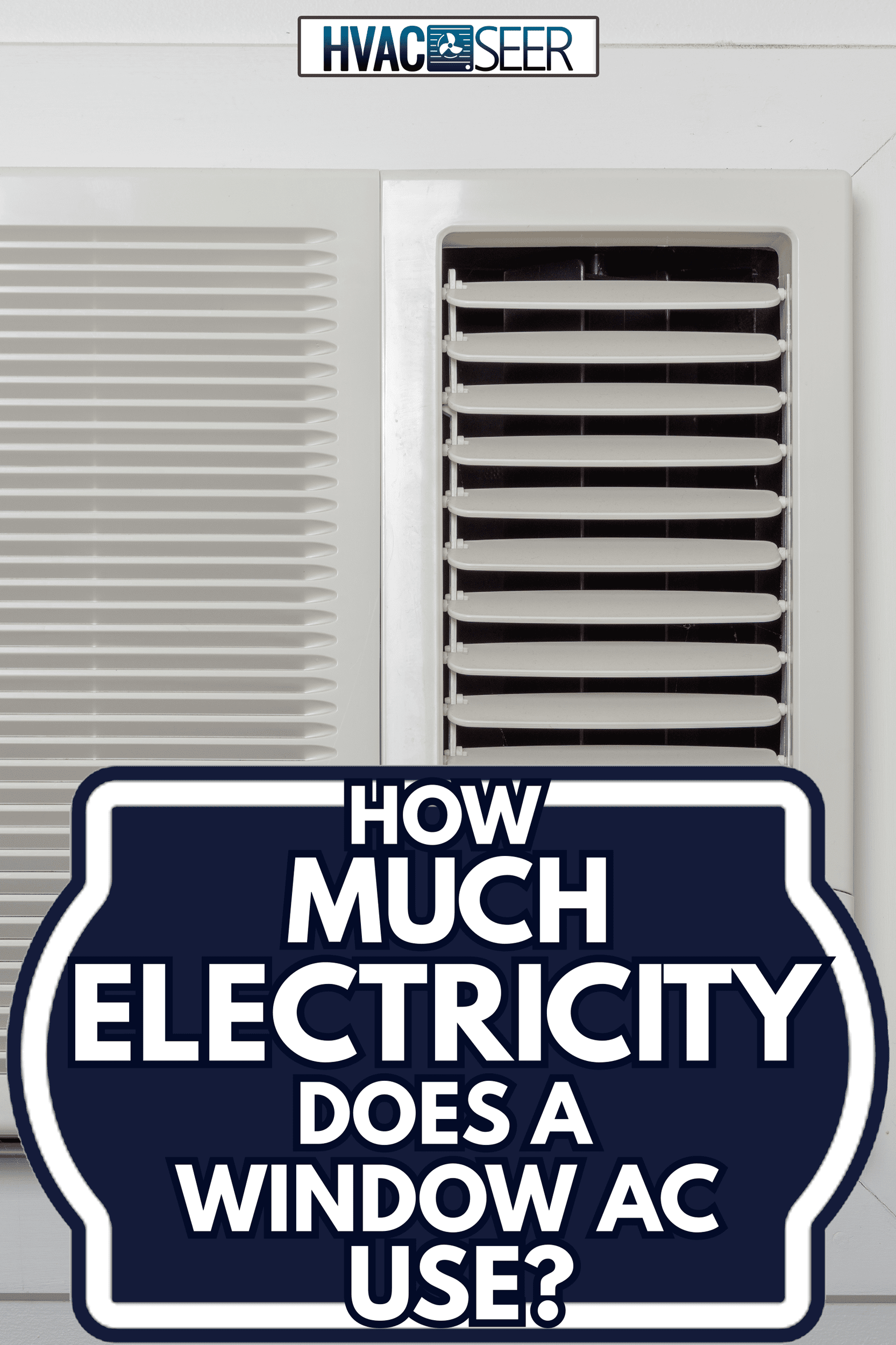
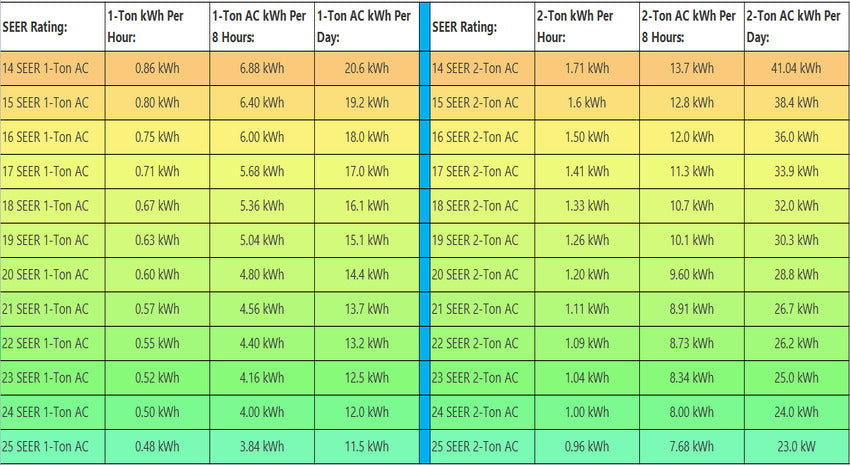
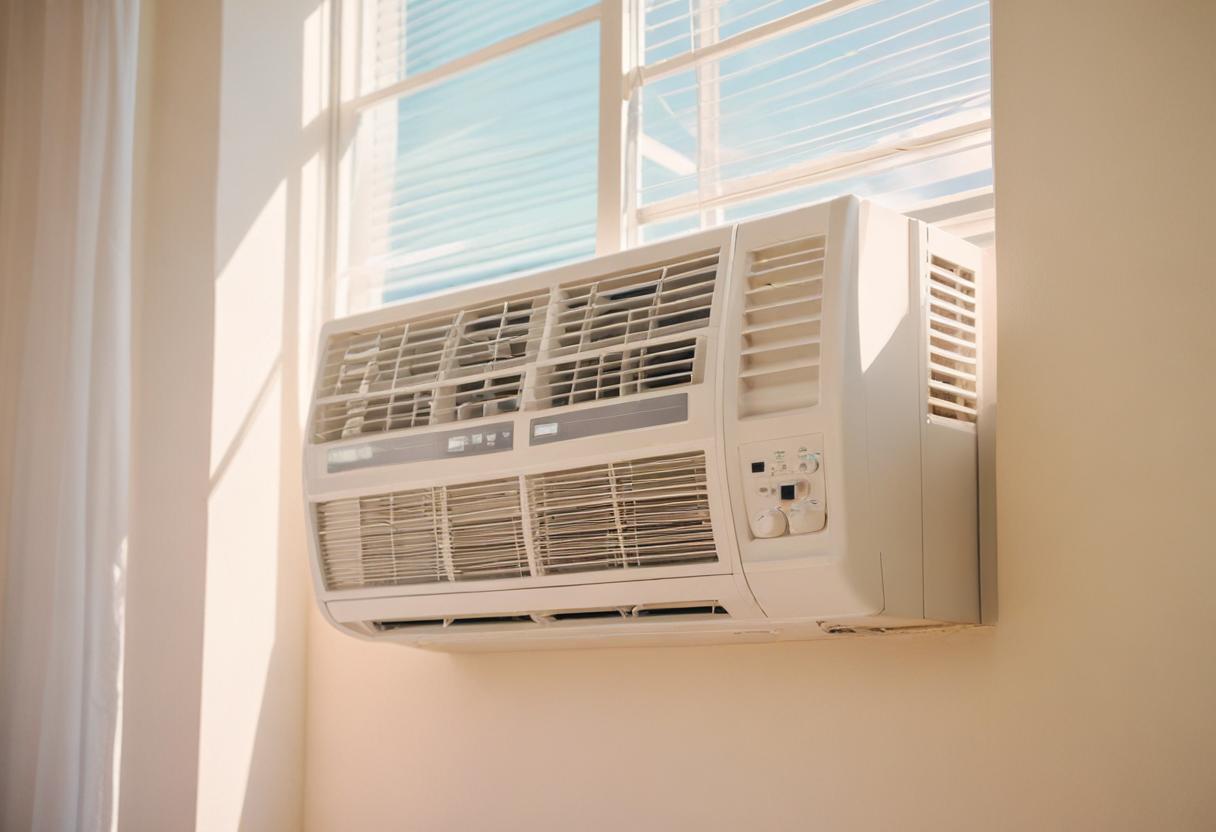
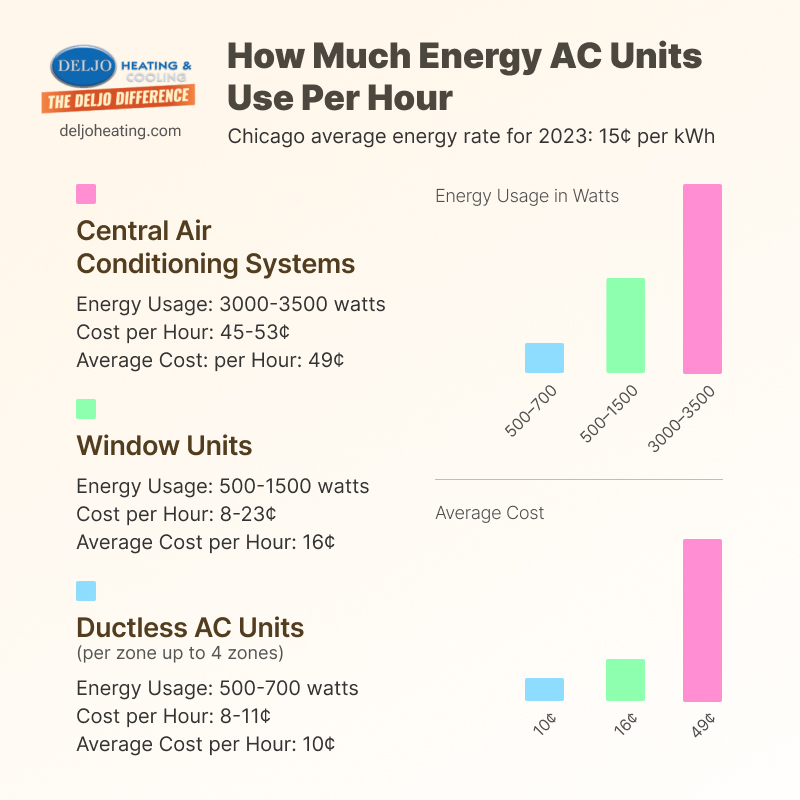
![How Many Watts To Run A Window Ac Cost To Run Window ACs 2024 [1037 Studied | See Cheapest]](https://ecocostsavings.com/wp-content/uploads/2022/05/cost-to-run-window-air-conditioners.jpg)
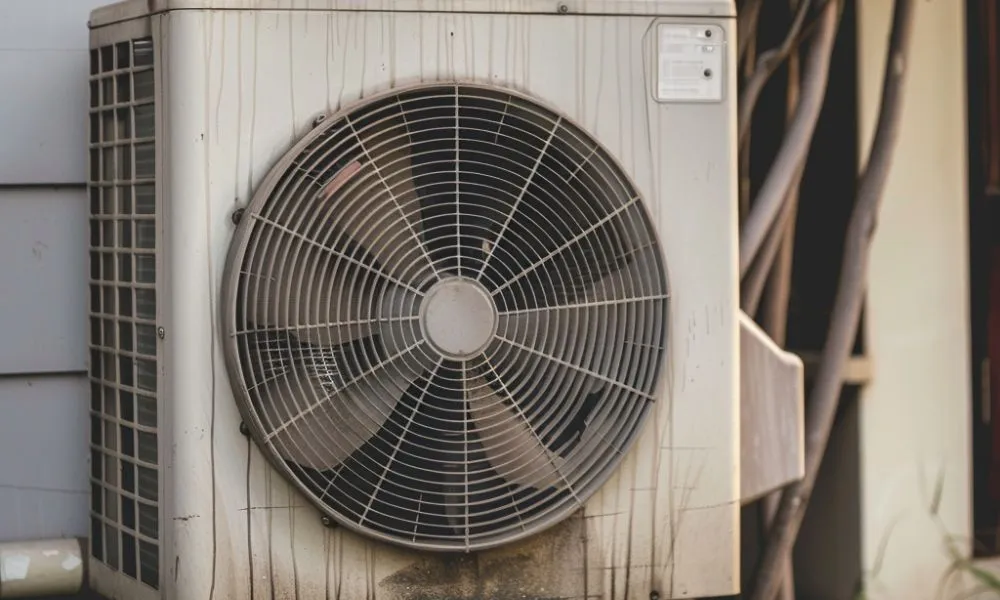
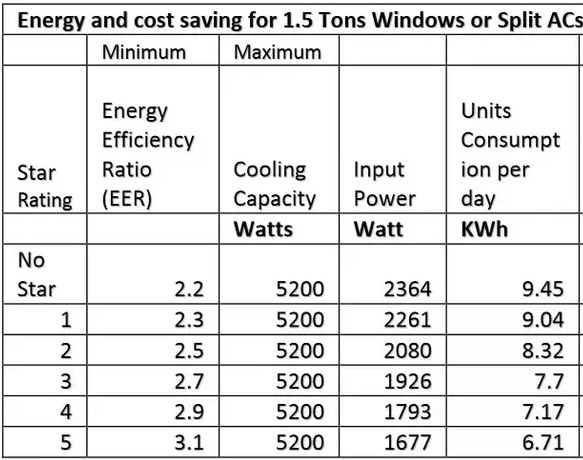


![How Many Watts To Run A Window Ac How Much Does It Cost to Run a Window Air Conditioner? [2025 Data] | Angi](https://media.angi.com/s3fs-public/window-ac-unit.jpeg)

